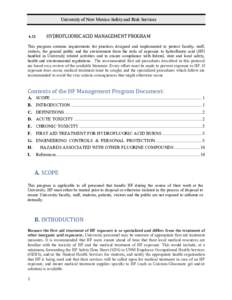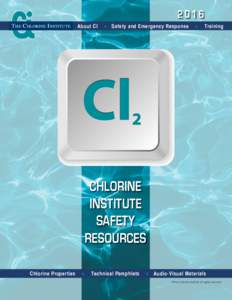<--- Back to Details
| First Page | Document Content | |
|---|---|---|
 Date: 2012-11-02 10:10:09Membrane technology Nephrology Transfusion medicine Detoxification Dialysis Healthcare Common Procedure Coding System Platelet Hydrogen chloride Sodium Chemistry Biology Medicine |
Add to Reading List |
 2013 HCPCS Alpha-Numeric Index HCPCS 2013 Index A Abatacept, J0129 Abciximab, J0130
2013 HCPCS Alpha-Numeric Index HCPCS 2013 Index A Abatacept, J0129 Abciximab, J0130



